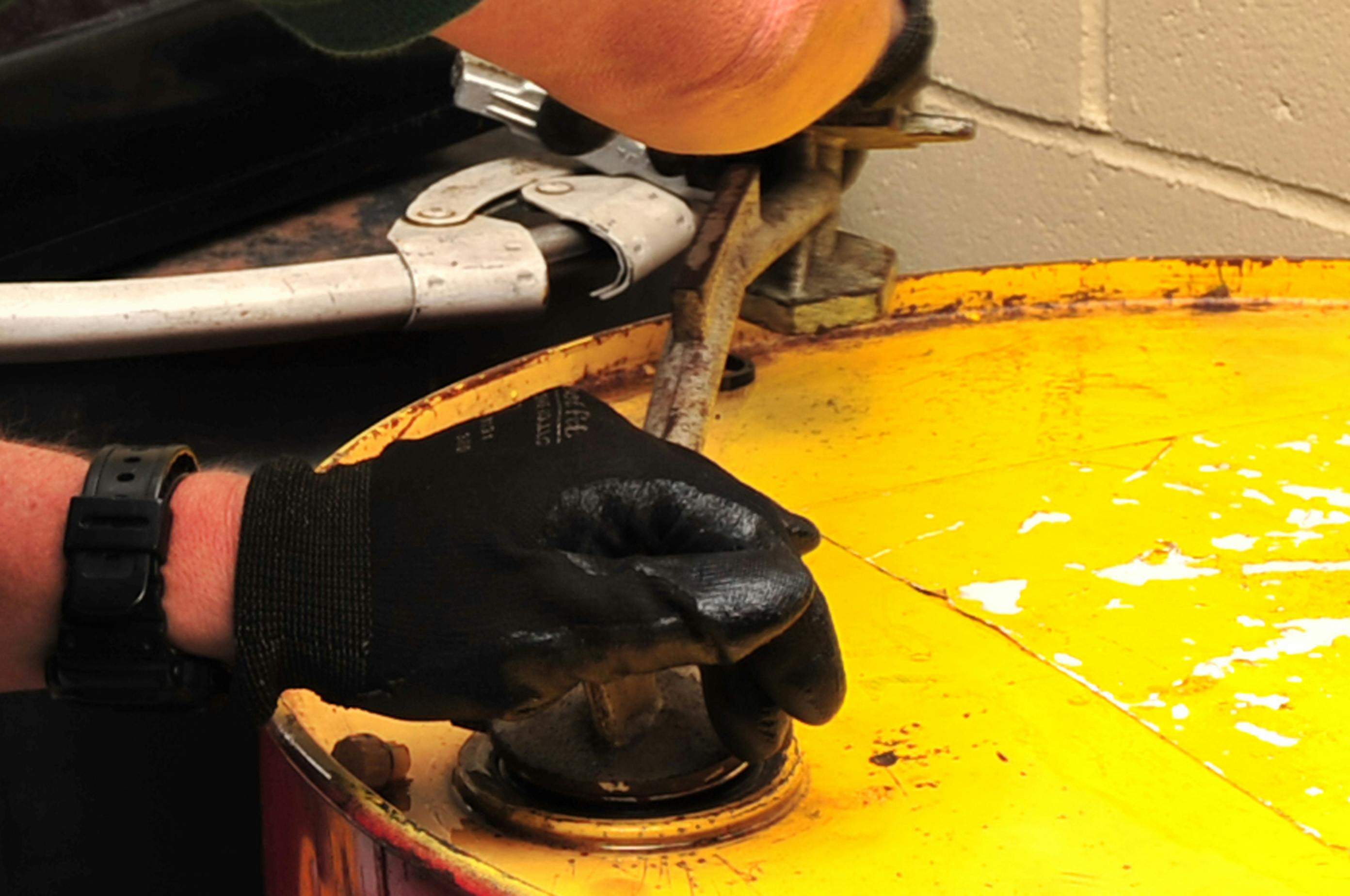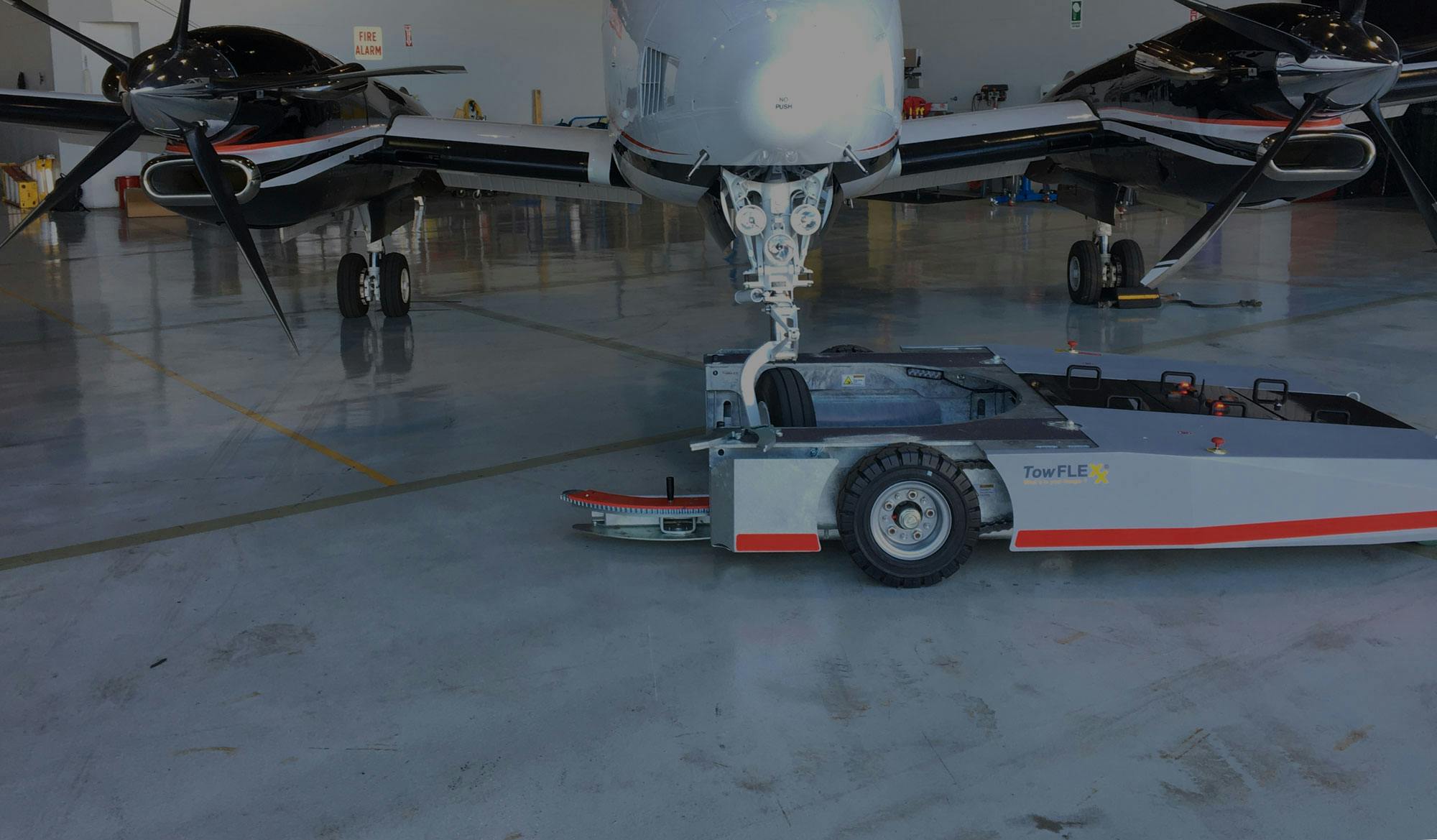Outdated equipment can put your ground support operation under extreme financial pressure. Constant repairs can get expensive and when your equipment isn’t running at peak efficiency, you’re just wasting money. And while we’re more than happy to continue repairing your old equipment, sometimes it’s in your best interest to replace it with newer models. You can tell your equipment is likely outdated if it requires frequent repairs, is no longer efficient, is not user-friendly, or is no longer supported by the manufacturer.
However, you should also look at the larger picture before making the choice to replace your ground support equipment. If a piece of equipment isn’t used very frequently, then it doesn’t matter as much that it’s outdated and inefficient. Sometimes old equipment can still serve its function well enough to justify not upgrading to newer models. You’ll want to take this, and your financial situation, into consideration.
Equipment Needs Frequent Repairs

If your equipment is in constant need of repairs then it is probably beyond its useful life. Repairs should last for a long time, so if a single piece of equipment is always breaking down, you should take that as a sign of a more serious issue with the item. And while repairs can continuously be made to keep equipment operating, they can get costly beyond a point. It’s a good idea to set a budget for your repairs — and if you go over this budget, take a look at what pieces of equipment or specific issues caused it to happen.
Along those same lines, keeping track of what repairs your equipment requires is a good idea in general. A spreadsheet of repairs can help you determine which pieces of equipment are the problem pieces. Additionally, the type of repairs they need is important information to have. When your equipment always has the same problem, it could be a product of its operating conditions or a flaw in its design. If it’s the former, find out what about its operation is causing the problem. If it’s the latter, you can choose a replacement that doesn’t suffer from the same issue when you upgrade. And if your equipment suffers from a variety of issues, that could signify that it’s simply become too old at this point.
Equipment Is No Longer Efficient
Equipment efficiency can either refer to the fuel efficiency or work efficiency of the piece. Fuel efficiency is easy to calculate and compare. Does the item in question burn more fuel than it did before? Are there newer models that are more fuel-efficient? The answer to that second question is probably a yes. Today, there are many electric options for all different types of GSE.
Work efficiency is where things can get a bit more difficult to determine. This includes the equipment’s speed, strength, startup time, and more. All of these metrics can decrease over time as the piece ages. But to determine just how much the work efficiency has fallen off you’ll need to have baseline data from when it was new. And even then, you will also need to determine at what point the inefficiencies are too inefficient.
Equipment Is Not User-Friendly

In some cases, older GSE simply isn’t very user-friendly. This isn’t always a major issue, but newer models that are more user-friendly will generally have some additional benefits. These benefits can include things like improved safety, reduced costs, and general ease-of-use.
As far as safety improvements go, the safer a piece of equipment is, the better it is. No business wants its employees to get hurt on the job, so this is pretty basic. Safety improvements can come in the form of power systems that automatically shut off if something happens or non-powered equipment that can withstand more weight.
Reduced costs and general ease-of-use go hand-in-hand. If an item is easier to use, it means the job can generally be done faster and potentially with fewer employees. A great example of this is the electric, towbarless tug. Traditional towbar tugs take more time and skill to use and also require a second operator to assist the main driver. Their towbarless counterparts can be used by a single operator and make the entire process much easier.
Equipment Is No Longer Supported By The Manufacturer

The final reason to determine if it may be time for an equipment update is if the manufacturer no longer supports the old pieces you have. In many cases, this alone isn’t all that important because we can still repair GSE that the manufacturer no longer does. However, it can make the repairs more difficult or costlier in some situations. If the manufacturer doesn’t support the equipment, finding the manuals/service info can be more time-consuming. Additionally, parts that would normally have been ordered from the manufacturer must now be fabricated instead.
At FlyTek GSE, we have access to fabrication machinery at our warehouse, so the fabrication process isn’t an issue. But if we have to custom fabricate too many parts, it may be in your best interest to upgrade to a newer piece of equipment instead. If the manufacturer is no longer supporting your GSE, it’s probably also suffering from some of the other issues we’ve laid out in this article.
Conclusion
There are certain signs you can use to determine if your ground support equipment has become too old. If the equipment is in constant need of repairs, is no longer operating efficiently, is not user-friendly, and is no longer supported by the manufacturer, it might be time to replace it with a newer model.
FlyTek GSE
Our experienced technicians can repair all kinds of ground support equipment from a variety of manufacturers. And if you decide that it’s time to upgrade your fleet, we can help with that too. Contact us today for more information on equipment repairs, maintenance, and purchasing

